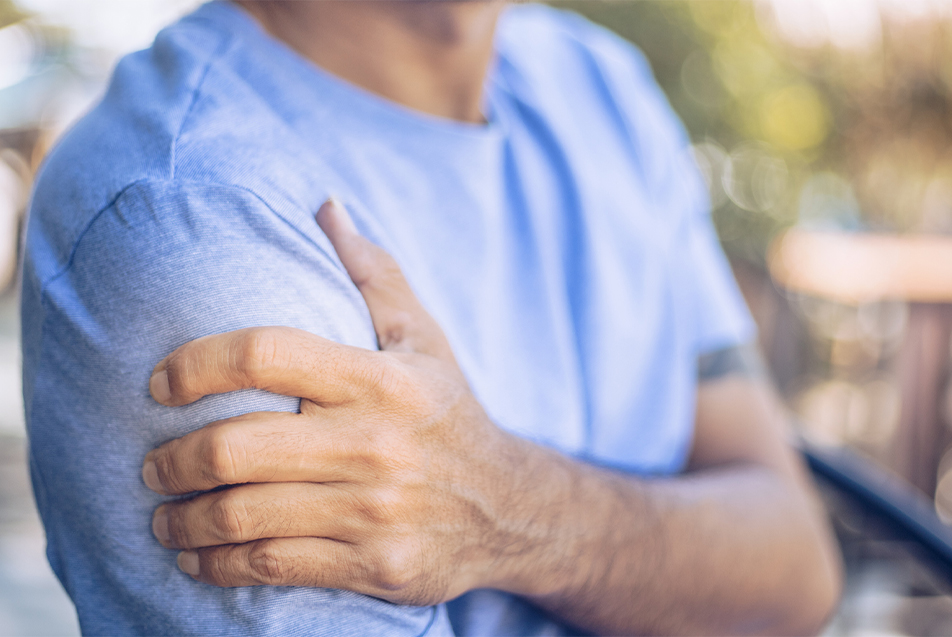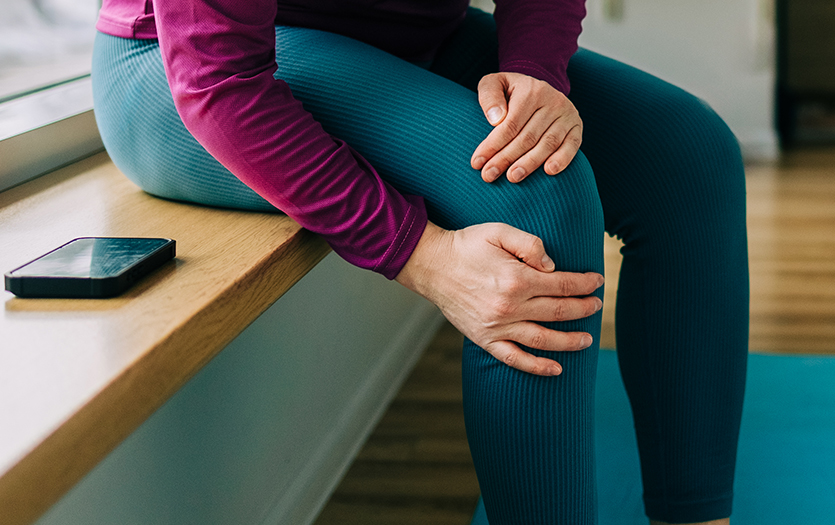
This post was written by Andrew Purdy, PharmD candidate, Purdue University, with input from Michele Swihart, PharmD, Parkview Health.
The recent release of vaccines to combat COVID-19 has made vaccination a common topic of headlines and conversations. It also has many talking about the side effects they’re experiencing, including, perhaps most commonly, a sore arm following the injection. The truth is, this is very normal after getting a vaccine, whether that be for COVID-19, influenza, shingles or any of the other options available to patients. Let’s explore why we have this reaction and how we can find some relief.
How vaccines work
In a nutshell, vaccines imitate infections without actually causing an infection. While we’re going to discuss vaccines in general, this video offers a great explanation of the mRNA vaccines used to fight COVID-19, specifically.
When your body is exposed to a germ (like a virus or bacteria), your immune system learns how to fight off the infection and builds a memory so that it can fight off the infection better the next time. Vaccines work by exposing your immune system to non-infectious versions or pieces of these germs, and this lets your body build this protective memory without having to get the dangerous infection.
Vaccines activate your immune system, and this can cause symptoms that you experience when you are sick, including fever, chills, fatigue and soreness, among others. While these are thought of as side effects of the vaccine, another way to think about them is that they are signs your immune system is working, and that’s a good thing!
Types of vaccine reactions
It’s important to understand that there are two types of vaccine side effects brought on by your immune system: local and systemic.
Systemic: Something that happens throughout your entire body, or distantly from where the shot was given. Examples of these symptoms include headache, fever, chills and tiredness.
Local: Something that happens in the area where the vaccine was given (such as the arm). Examples of these symptoms include arm soreness, redness, swelling and/or swollen lymph nodes in the arm where the shot was given.
The soreness in your arm is considered a local reaction. Some of the arm irritation also comes from the muscle reacting to the small amount of vaccine liquid that was injected into the arm.
With the COVID-19 vaccine specifically, patients typically experience pain, redness and swelling in the arm where they get the vaccine. Side effects from the second shot are also typically more noticeable.
The truth about arm soreness
People shouldn’t be concerned about vaccine soreness. This uncomfortable feeling in your arm, along with all the other systemic and local side effects, are signs that your immune system is working, reacting to the vaccine and protecting you from the virus you were just vaccinated against. These side effects are usually mild and typically go away within a few days. While more serious vaccine side effects are possible, they are extremely rare.
Pain relief
To find relief from injection site soreness, try the following:
- Keep your arm moving and use it throughout the day
- Place a clean, cool, wet washcloth over the area
- Take a pain-relieving medication such as ibuprofen, acetaminophen or aspirin (but only consider this after you get the vaccine, not before)
Seek medical attention if …
Patients will want to seek medical attention immediately if they experience any of the following:
- If the arm pain or tenderness starts to get significantly worse within 24 hours of getting the vaccine
- If the symptoms do not go away after several days, or if the patient sees a spreading rash down their arm
While a sore arm for a day or two is not the most pleasant or fun experience, it is a sign that the vaccine you just received is doing what it is meant to do – protecting you and those around you!
Sources



